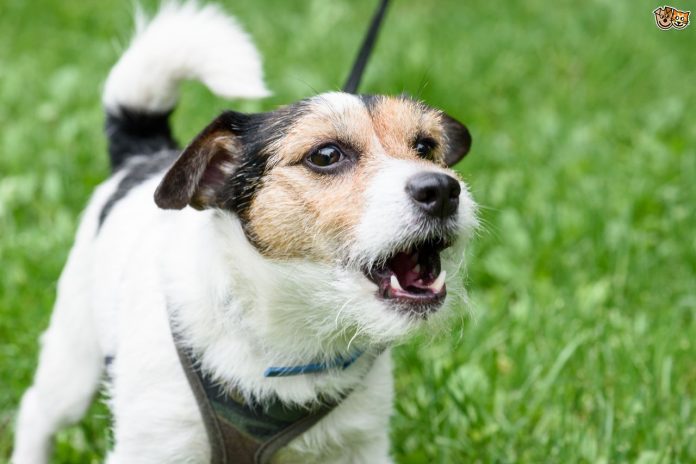FORGET ‘sit’ and ‘walkies’, dogs are giving their owners almost as many commands as they receive in return, according to Salford researchers.
Biologists at the University of Salford identified 19 signals which dogs give to humans and expect to be carried out.
And man’s best friend can even elaborate its’ original ‘instruction’ to hurry us if we are slow to respond, the researchers found.
“Most research has tended to ask questions about a dog’s ability to understand humans, so we decided to look at it the other way around,” explains PhD researcher Hannah Worsley.
“What we see is how dogs are really adept at using what’s termed ‘referential gestures’ which in the human world are things like pointing and waving.
“For instance, we found that when dogs want a scratch, they use as many as 14 different gestures to coax their owners to do it.”Owners were asked to film their dogs on mobile phones in everyday situations, and the researchers analysed more than 1,000 clips based on four standard dog requests – ‘give me food/drink’, ‘open the door’,‘fetch my toy/bone’ and ‘scratch me’.
The 19 gestures observed included roll over, back leg up, paw reach, front paw on, crawl under and hind leg stand. The most common was the head turn or ‘gaze alternation’, recorded 381 times and used to achieve all four objectives.
Sophisticated repertoire
The ‘paw hover’ was most commonly used by the pets to ask for food or drink, the ‘roll over’ was used in 100% of observations to mean ‘scratch me’ and ‘hiding the head’ invariably used to say ‘go fetch’.
Some gestures were more ambiguous, such as the use of the nose which could mean any of the four requests. The study further found that the number of people that live with the dog and the length of time the dog has lived with those owners can both influence the dog’s repertoire of gestures.
“We see how dogs with a larger number of people to communicate with possess a greater number of gestures to call upon since they have had more opportunities to learn.
“This implies that dogs are very much aware that they can’t just make a gesture, they also need to ensure that gesture is understood by the recipient, and if necessary make it easier or clearer for the message recipient.”
“What is clear, adds Dr Worsley, “is that after 30,000 years of cohabitation, dogs and their human companion have become skilled at identifying and understanding each other’s referential cues.
“Perhaps another reason why man and dog seems to be such a satisfying relationship.”
The study authored by Hannah Worsley and Dr Sean O’Hara at the School of Environment & Life Sciences, University of Salford, is published in the journal Animal Cognition.







